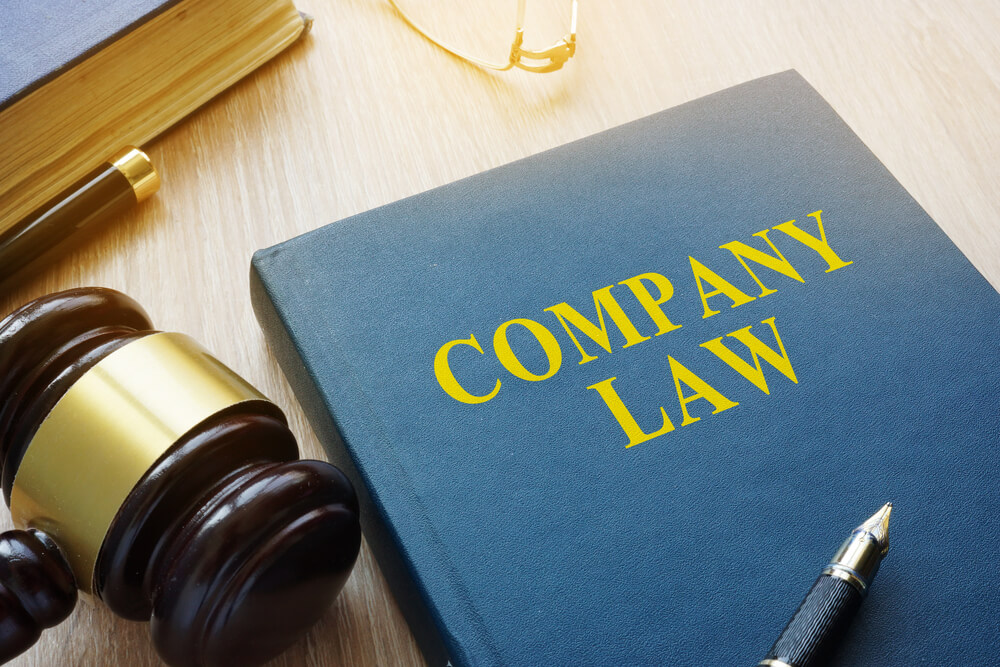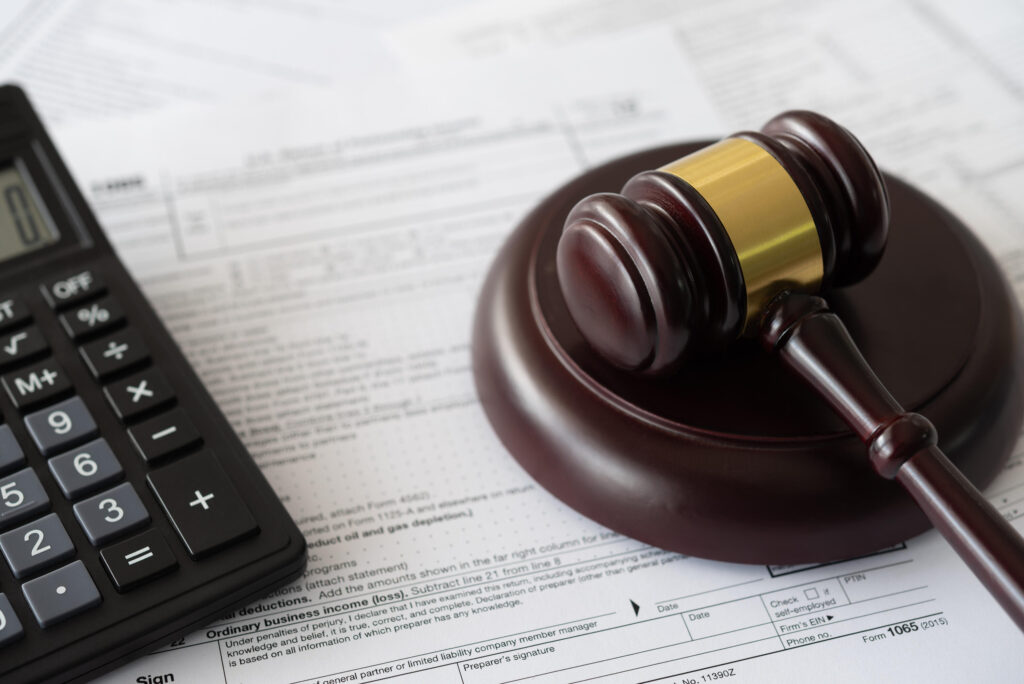The statutory derivative action, a nuanced approach – Section 165
Section 165 of the Companies Act 71 of 2008, as amended, (“the Companies Act”) allows a person to commence or continue legal proceedings in a company’s name for the purpose of protecting the legal interests of a company where the management of a company fail to do so.
It is common for people to find themselves in a position where they – in some way, shape or form – have aligned their interests with that of a company only to be disappointed by the people responsible for ensuring that the legal interests of a company are protected. Alternatively, to find themselves in a position where they fall prey to the controlling interest(s) of a company. Such a person, or people, may wish to ensure that the legal interests of a company are protected, and in so doing, may wish to find remedy in the provisions of section 165 of the Companies Act.
Use of the remedy contained in section 165, requires an astute understanding of the circumstances which may give rise to its use (which includes the jurisprudential principles circumvented by the statutory derivative action) and how the statutory derivative action, in its current form, is to be initiated.
Therefore, we will summarily explore the nuances of the section 165 derivative action in its current form and its use in comparable jurisdictions.
Section 165 provides that a person may, by service of a demand upon a company to commence or continue legal proceedings or take related steps, to protect the legal interests of the company, if the person is – a registered shareholder or a person entitled to be registered as a shareholder of the company or a related company, a director or prescribed officer of the company or a related company, a registered trade union representing employees of the company or another employee representative, or a person who has been granted standing by the court, may pursue a derivative action on behalf of the company, but only with the leave of the court in the exercise of its discretion (s165 (2) (a) – (d)). It is noteworthy to mentioned that service of the demand on the company (or its board) is a prerequisite for any party wishing to commence or continue derivative proceedings.
Upon interrogation of the abovementioned provision(s) it is of utmost importance that cognizance be taken of the well-established jurisprudential principles which section 165 circumvents. The first being the internal management principle. This principle, as more fully contemplated in section 66 (1) of the Companies Act, provides (in summary) that the management of the business and the affairs of a company rests with its board. The board has the authority to exercise all powers and perform all the functions of a company. This includes the decision of whether or not the company wishes to litigate.
The second principle circumvented is the democratic majority rule principle. This principle is applicable to those persons with vested interest(s) in the company, or a related company i.e., shareholders, directors, committee members etc. In summary, this principle provides that people who become part of a company, howsoever arising, do so of their own volition and accept the consequences that flow therefrom. A natural consequence in this regard being that such person shall accept the decisions of the majority as binding upon them. South African Courts will not readily interfere with the internal management and majority rule principle where persons have taken a decision, by majority, within the ambit of the law.
The third principle circumvented by the statutory derivative action is the proper plaintiff principle. A company is a separate juristic person, and as a result, is to be regarded as the only person who can commence or continue legal proceedings where its legal interests are affected. This principle was adequately captured by Beck in Foss v Harbottle wherein he says – “if the corporation is a legal person separate from its members, it follows that for a wrong to be done to it the corporation itself is the proper plaintiff.”
Although the law bestows (juristic) personhood upon a company, a company is limited in that it can only protect its legal interests through the (natural) people authorized to do so. However, at times it is these very same people who are responsible for the harm caused to the company and at such times others may wish to protect the legal interests of the company. The foregoing lays the basis for foundation and development of the derivative action at “Common-Law”. Although founded in the United Kingdom, the statutory derivative action would later be established and developed outside of the UK, with the UK only incorporating a statutory derivative action provision in the Companies Act, 2006 (Part 11, Chapters 1 & 2 – Derivative claims and proceedings by members).
Ghana was the first “Common-Law” country to provide for statutory derivative action in their company laws, with comparable common-law jurisdictions like South Africa, Australia, Canada, New-Zealand and Singapore following.
First incorporated in South Africa under section 266 of the Companies Act 61 of 1973, the statutory derivative action only found application where the company itself had suffered damages or loss of faith that was committed by a director or officer of that company or by a past director or officer while such person was still in office.
The current section 165 derivative action, however, is distinctly different from its predecessor. The s165 derivative action abolishes the Common-Law derivative action (s165(1)) – where its predecessor, s266, could be read with the Common-Law. This includes partially abolishing the rule in Foss v Harbottle, with the proper plaintiff principle logically remaining as a general principle in our law.
Further, it increases the scope of persons having locus standi by giving standing to trade unions, individual directors, shareholders (in the minority and otherwise), persons to be registered as shareholders and third parties whose rights may be affected by the company’s failure to institute or continue legal proceedings i.e. creditors. Finally, it increases the scope of claims which may be instituted in the name of the company by providing that an applicant may make use of the derivative action in all instances where the legal interest of the company require protection, while its predecessor, in addition to limiting the locus standi of persons, limited the nature of claims to those which have caused the company damage or loss.
The procedure contemplated for the use of the statutory derivative action requires a party to first deliver a letter of demand to the company or its board. Thereafter, the company (or its board) may then, within fifteen (15) days of receipt of the demand, esquisse to the demand – in which instance the company shall then litigate or continue proceedings in its own name as the provisions of this section shall no longer find application due to the proper plaintiff having accordingly taken the reins of the legal proceedings.
In addition to the above the board may (within 15 days) elect to apply to court to set aside the demand only on the grounds that it is frivolous, vexation or without merit (s165(3)). The foregoing grounds are to be given their ordinary meaning and are not to be read and interpreted euisdem generis. Therefore, what is “frivolous” connotes an application characterized by a lack of seriousness; what is “vexatious” is an action which is clearly unsustainable in the circumstances and brought merely to cause frustration to the defending party; and what is “without merit” is a claim which, in the circumstances before the court, cannot succeed if leave were granted (Amdocs SA Joint Enterprise (Pty) Ltd v Kwezi Technologies (Pty) Ltd 2014 (5) SA 532 (GJ); S v Cooper 1977 (3) SA 475 (T); Bisset v Boland Bank 1991 (4) SA 603 (D); Argus Printing & Publishing Co Ltd v Anastassindes 1954 (1) SA 72 (W); Marib Holdings (Pty) Ltd v Parring NO. 2020 JDR 1576 (WCC)).
Should the company not acquiesce or apply to court to set aside the demand, it may then appoint an independent person or committee to investigate the demand. Whereafter, the company shall, within sixty (60) days of receipt of the demand, inform of whether or not it intends to commence or continue the legal proceedings or take related steps.
On the question of seeking leave, should the court find that the applicant is acting in good faith, that the proposed (or continuing proceedings) involve a trial of a serious question of material consequence to the company, and that it is in the best interest of the company for the applicant be granted leave to commence or continue proceedings (s165 (5) (b) (i-iii)) it may then, within its discretion, grant such leave to the applicant and the matter will then proceed to be heard in the name of the company.
In its current form, the statutory derivative action has been underutilized in South Africa and, as a result, understanding its use in comparable jurisdictions with similar statutory derivative action provisions, proves to be of great assistance in the interpretation and application of this provision.
The statutory derivative action requires a two-pronged approach, the first being an application to court to grant leave to the applicant and the second being the actual commencement or continuation of the legal proceedings in question.
When considering the first leg of the two-pronged approach, which concerns itself with the application for leave to the courts and the courts discretion to grant leave, an understanding of cases in comparable jurisdictions proves quite invaluable i.e. those of Canada (Ontario Business Corporations Act R.S.O 1990, c. B.16, s 246 (2)(a); s239(1) Canada Business Corporations Act R.S.C. 1985, c.C-44), the United Kingdom (s261(1) Companies Act 2006), Australia (Part 2 F1A, s237 of the Corporations Act 50 of 2001), New Zealand (s165 (1) of the Companies Act 1993) and Singapore (s216A, Singapore Companies Act). All of these jurisdictions require the leave of the court prior to a party being permitted to continue with a derivative action.
Unlike the abovementioned jurisdictions, South Africa’s section 165 derivative action shares a similarity with the US company law in allowing the board of a company the election to appoint an independent and impartial person to investigate the demand. The distinction being that the US law provides for the appointment of an independent and impartial amalgamation of directors while our South African law provides for the appointment of an independent and impartial person or committee to investigate the demand. The US law offers great guidance on issues that are to be taken cognizance of in determining what is meant by an “independent and impartial” person(s) and what level of reporting is to be expected from such a person or committee.
The plethora of case law in comparable jurisdictions on statutory derivative actions is of great assistance when considering the issues pertaining to our section 165 derivative action. Especially when one considers the provisions of section 5 (2) of the Companies Act which enables our courts to take cognizance of foreign law in interpreting and/or applying the Companies Act – where appropriate.
In conclusion, although the s165 derivative action remains underutilized in South Africa it remains a powerful tool in the law of companies and should be used with meticulous understanding and comprehension of, inter alia, its common-law foundation, how its statutory incorporation has been interpreted in comparable jurisdictions and the circumstances which may best suit its use.
Author – Irvin Lesego Moffat (Director – Corporate & Commercial)






